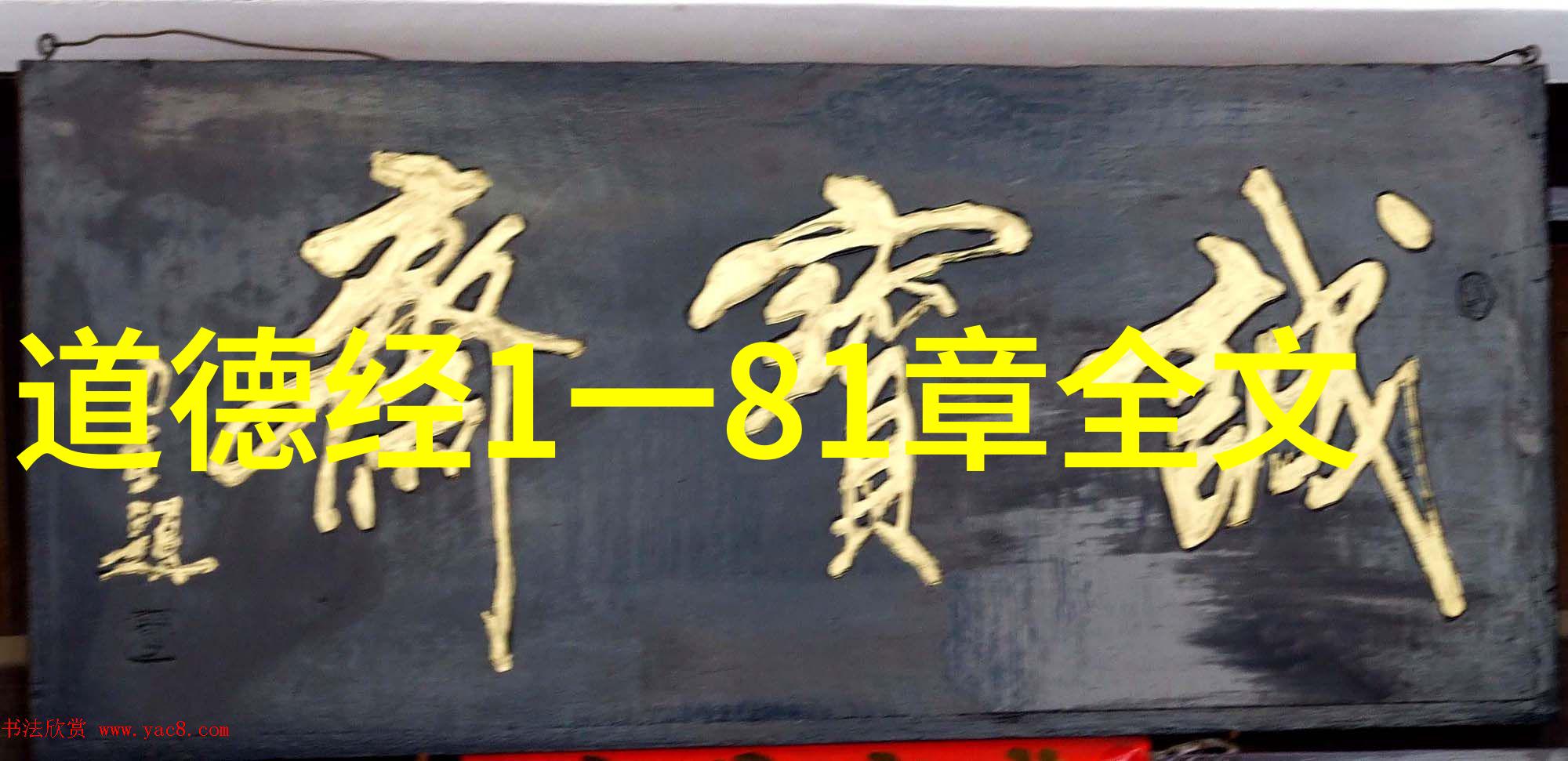欧洲芬兰芬兰桑拿文化 Sauna culture in Finland2020年
芬兰的桑拿文化是大多数芬兰人生活中不可或缺的一部分。桑拿文化可以在家里或公共场所进行,它所涉及的远不止简单的自我清洗。在桑拿浴室里,人们净化自己的身体和思想,并拥抱内心的平静。传统上,桑拿被认为是一个神圣的空间——一个“自然的教堂”。这一体验的核心在于löyly,将水浇灌到一堆加热的石头上所释放的精神或蒸汽。桑拿有很多种形式——电桑拿、木桑拿、烟熏桑拿和红外线桑拿。方法也各不相同,没有等级制度。桑拿传统通常在家庭中传承,尽管大学和桑拿俱乐部也有助于分享知识。在一个拥有550万居民的国家里,有330万个桑拿房,所有人都可以随时使用。20世纪50年代以后,城市里的传统公共桑拿几乎消失了。近年来,由于私人倡议,新的公共桑拿房已经建成。 2020年度列入人类非物质文化遗产名录。 来源:教科文组织亚太地区非物质文化遗产国际培训中心 Sauna culture in Finland is an integral part of the lives of the majority of the Finnish population. Sauna culture, which can take place in homes or public places, involves much more than simply washing oneself. In a sauna, people cleanse their bodies and minds and embrace a sense of inner peace. Traditionally, the sauna has been considered as a sacred space – a ‘church of nature’. At the heart of the experience lies löyly, the spirit or steam released by casting water onto a stack of heated stones. Saunas come in many forms – electric, wood-heated, smoke and infra-red. Approaches vary too, with no hierarchy among them. Sauna traditions are commonly passed down in families and though universities and sauna clubs also help share knowledge. With 3.3 million saunas in a country of 5.5 million inhabitants, the element is readily accessible to all. Traditional public saunas in the cities almost disappeared after the 1950s. In recent years, new public saunas have been constructed thanks to private initiatives. Included in the list of human intangible cultural heritage in 2020. Source: UNESCO International Training Center for intangible cultural heritage in the Asia Pacific Region.




